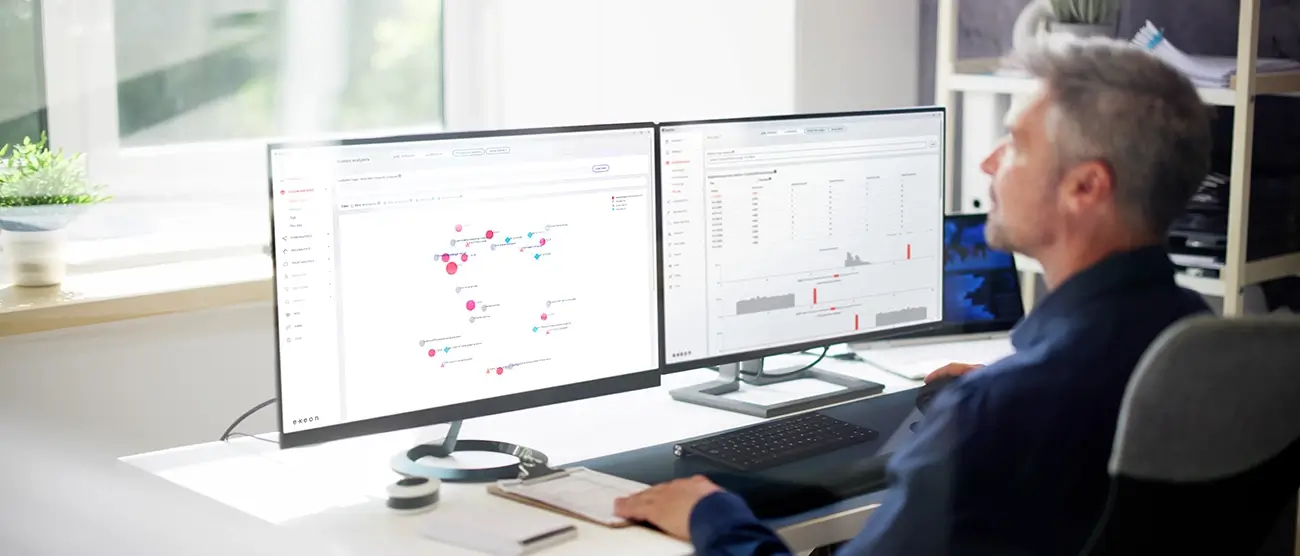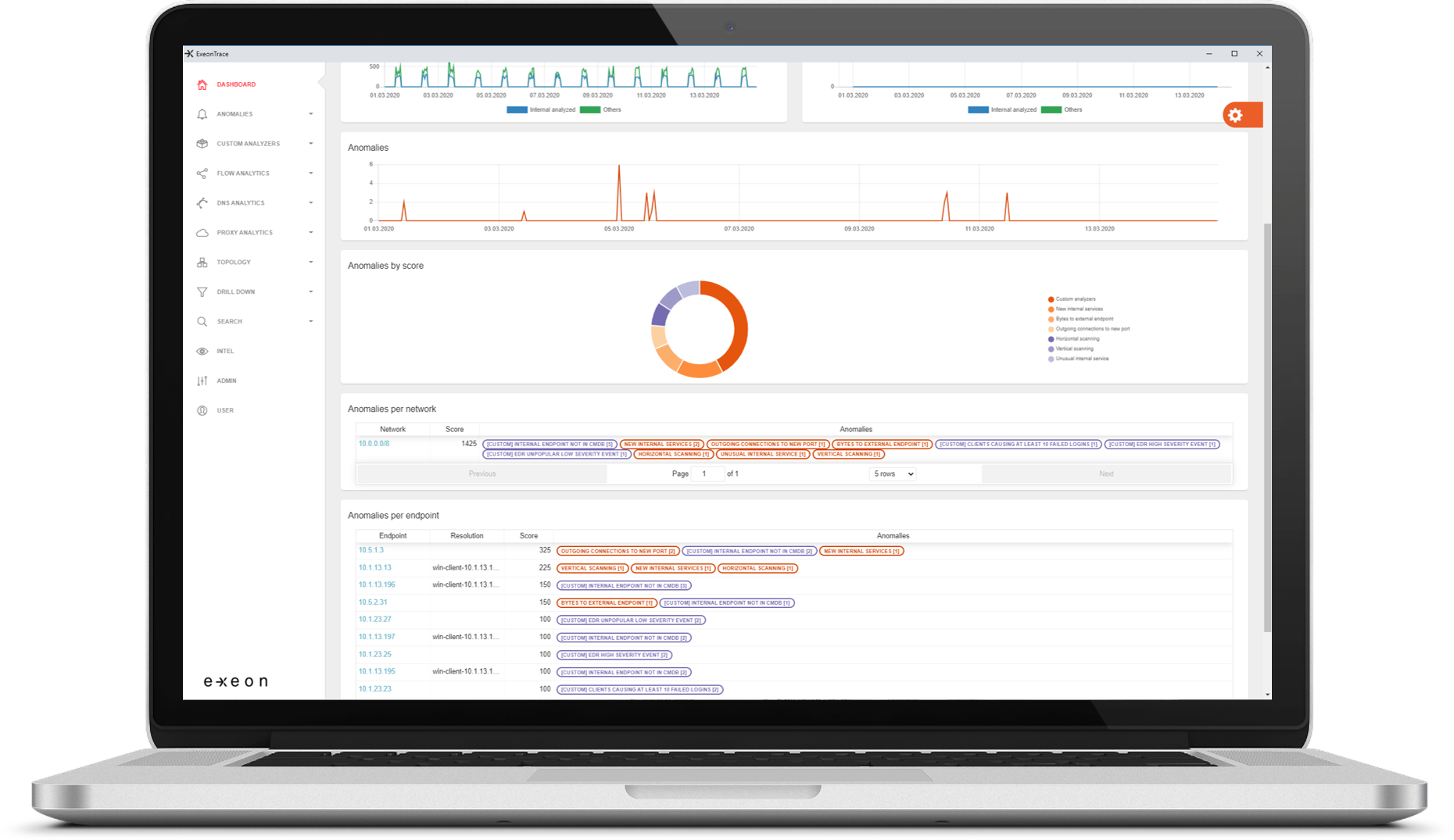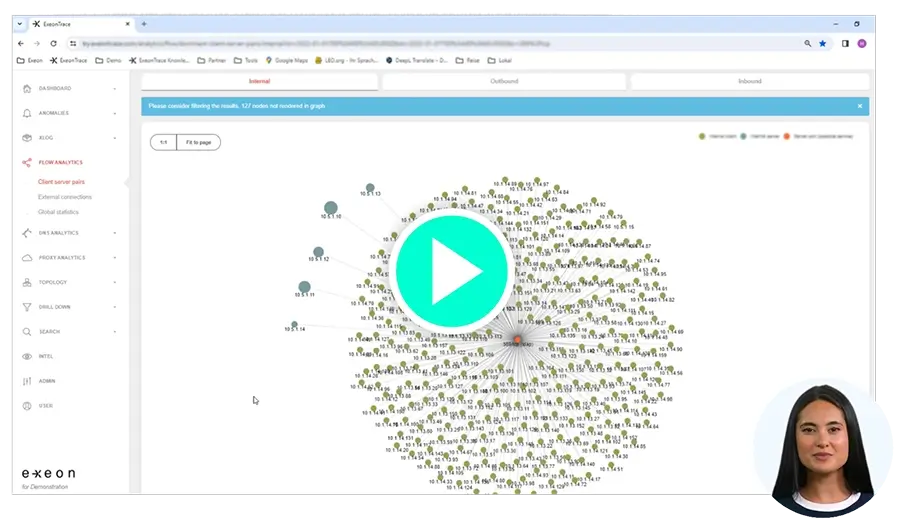What is SOAR in Cybersecurity?

Security Orchestration, Automation, and Response, also known as SOAR, is a category of security solutions that combines three core functions:
- Orchestration
- Automation
- Response
SOAR platforms help security teams collect security data and alerts from various sources, automate response actions, and coordinate and manage security tasks through all-inclusive workflows. These functions are essential in elevating an organization's ability to manage and respond to security threats.
Solving Cybersecurity Challenges with SOAR
SOAR addresses several significant challenges in cybersecurity. One primary issue is the high volume of security alerts that organizations face on a daily basis. Managing these alerts manually can be overwhelming and inefficient. SOAR platforms automate the prioritization, investigation, and response processes, bridging the gap between different security tools and systems, and allowing for a more cohesive and efficient response to incidents.
What Are Common SOAR Use Cases?
- Incident Response: Automating the detection, investigation, and remediation of security incidents.
- Threat Intelligence Management: Integrating and correlating threat intelligence feeds to identify potential threats.
- Vulnerability Management: Automating the process of identifying, prioritizing, and remediating vulnerabilities.
- Compliance and Reporting: Streamlining the collection of data and generation of reports to meet compliance requirements.

What is Included in SOAR?
SOAR platforms typically include the following components:
- Playbooks: Pre-defined workflows that guide the automated response to specific types of security incidents.
- Integrations: Connectivity with various security tools and systems, such as SIEM (Security Information and Event Management), firewalls, and endpoint protection platforms.
- Dashboards and Reporting: Tools for monitoring security operations and generating detailed reports.
- Case Management: Features for tracking and managing security incidents from detection to resolution.
What Are the Key Benefits of SOAR?
- Efficiency: Automates repetitive tasks, freeing up security analysts to focus on more complex issues.
- Consistency: Ensures that responses to incidents follow best practices and are consistent across the organization.
- Speed: Reduces the time it takes to detect, investigate, and respond to security incidents.
- Visibility: Provides comprehensive insights into security operations and incident handling.
SOAR Challenges
Despite its benefits, SOAR implementation comes with challenges:
‣ Complexity: Integrating SOAR with existing security infrastructure can be complex.
‣ Customization: Developing and maintaining playbooks and workflows require continuous effort and expertise.
‣ Scalability: Ensuring the SOAR platform can scale with the growing size and complexity of the organization’s security needs.

How Does SOAR Work with Other Tools?
SOAR platforms are designed to integrate seamlessly with other security tools and systems. This integration allows for the automated collection and correlation of data from various sources, such as Security Information and Event Management (SIEM), Endpoint Detection and Response (EDR), firewalls, and threat intelligence feeds. By doing so, SOAR enhances the capabilities of these tools, providing a more comprehensive and coordinated approach to threat detection and response.
SOAR vs SIEM – What’s the Difference?
In cybersecurity, SOAR and SIEM are essential tools with distinct functions. SIEM focuses on collecting, analyzing, and correlating security events and logs from various sources, providing real-time monitoring and alerts. Its key functions include log management, event correlation, incident detection, and compliance reporting.
SOAR, on the other hand, not only collects and analyzes security data but also automates and orchestrates responses to incidents. While SIEM emphasizes detection and log analysis, SOAR enhances efficiency and effectiveness by automating and coordinating responses across the security infrastructure. Together, they provide a comprehensive approach to cybersecurity.

How Exeon Can Help
Our advanced threat detection platform, ExeonTrace, provides comprehensive visibility into IT and OT networks, helping organizations identify vulnerabilities and detect malicious activity in real-time.

By analyzing network log data instead of data-heavy traffic mirroring, it ensures that the platform is not affected by encryption and can operate without the need for hardware sensors.
ExeonTrace enhances SOAR platforms by providing comprehensive visibility, efficient data handling, advanced threat detection, seamless integration, and AI-driven automation. These features collectively improve the efficiency and effectiveness of security operations.

Secure Your Organization with SOAR
SOAR is an indispensable component of modern cybersecurity strategies, offering automation, orchestration, and enhanced response capabilities. While it comes with implementation challenges, the benefits in efficiency, consistency, and speed make it a considerable tool for organizations. Solutions like ExeonTrace bring forward the advanced capabilities of SOAR platforms, always staying ahead in the ever-evolving landscape of cyber threats.
ExeonTrace in Action: Catching & Responding to Threats
With ExeonTrace, you can quickly detect anomalies and suspicious behavior in your infrastructure. Its AI-driven threat assessment and analysis helps mitigate risk by minimizing false positives and zeroing in on potential threats. Are you ready?

Related Blogs from our Security Experts

12.10.2023
A Day in the Life of a Security Engineer
Our Professional Services Engineers explain all about their exciting roles as we are looking to hire an additional PS engineer to protect more and more enterprise networks from cyber threats.

25.10.2023
How to Catch Data Exfiltration with Machine Learning
Find out how to catch data exfiltration thanks to Machine Learning and why detecting it is crucial to your organization’s IT security, as explained by our Head of Professional Services, Andreas Hunkeler.

20.02.2024
How to Monitor & Stop Supply Chain Attacks
Supply chain attacks, increasingly prevalent and posing significant threats to IT security, target software or hardware suppliers to indirectly infiltrate organizations. Here are 5 ways to prevent these attacks with advanced monitoring technologies like machine learning-based Network Detection & Response (NDR) for early detection and mitigation.


